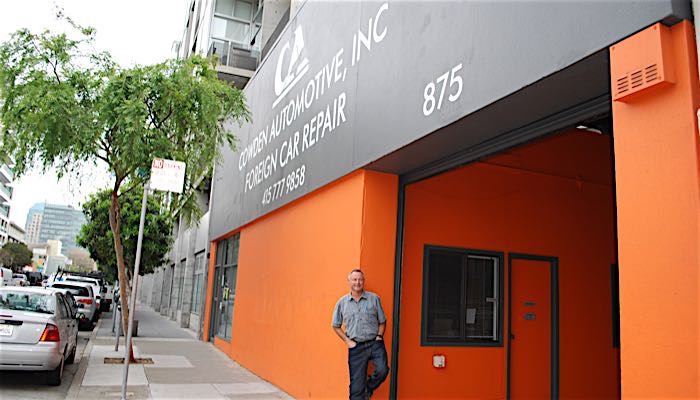The Tire Industry Association (TIA) has announced that the recently released charts from the Occupational Safety and Health Administration (OSHA) have been posted on the Association’s website. Commercial truck tire service providers are required by 29 CFR 1910.177 to have a copy of these charts in every service area, which includes mobile service trucks. Previously a two-chart set, OSHA added a third chart so the procedures for demounting, mounting and inflating single and multi-piece assemblies could be addressed separately.
"TIA initiated this project back in 2005 after meeting with OSHA to address our concerns regarding the out-of-date information in the old charts," remarked Kevin Rohlwing, TIA senior vice president of training. "From there, we assembled a team of tire, wheel and tool manufacturers to develop new charts that would reflect the current guidelines for servicing truck tires. TIA recommended expanding to three charts before submitting the drafts to OSHA and then worked closely with the agency throughout the review process. This is a perfect example of government and industry working together to protect workers from the hazards related to truck tire and wheel service with minimal expense to the taxpayers."
Taking a cue from TIA’s Commercial Tire Service (CTS) Program, OSHA also compiled the three charts into a booklet that can be easily printed so all of the information is readily available every place that truck tires are serviced (as required by law). According to OSHA officials, there are no plans to print the traditional wall charts. The electronic files are available so employers can have charts printed, but 29 CFR 1910.177 specifically states that the charts or the information contained in the charts must be available in the service area. By giving employers the option of printing charts or the booklet, more employees will have access these important safety guidelines.
"We took the lead on this project because our members are counting on TIA to provide them with the latest information for servicing truck tires," concluded Rohlwing. "TIA is very pleased with the new OSHA charts, and we are confident they will increase the level of safety awareness in the truck tire service industry."
To download copies of the new OSHA charts, visit TIA’s website www.tireindustry.org/cts.asp or OSHA’s website, www.osha.gov.

